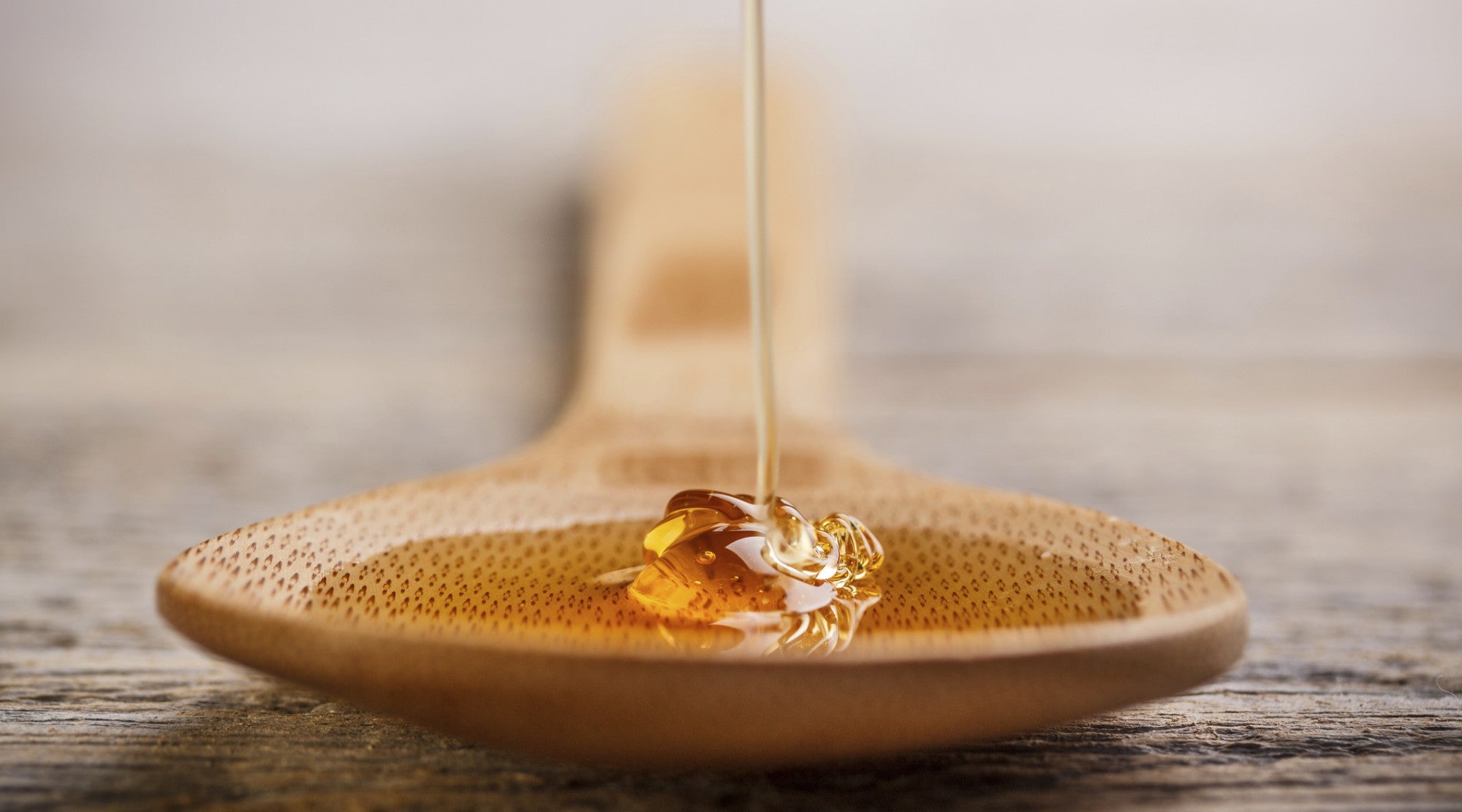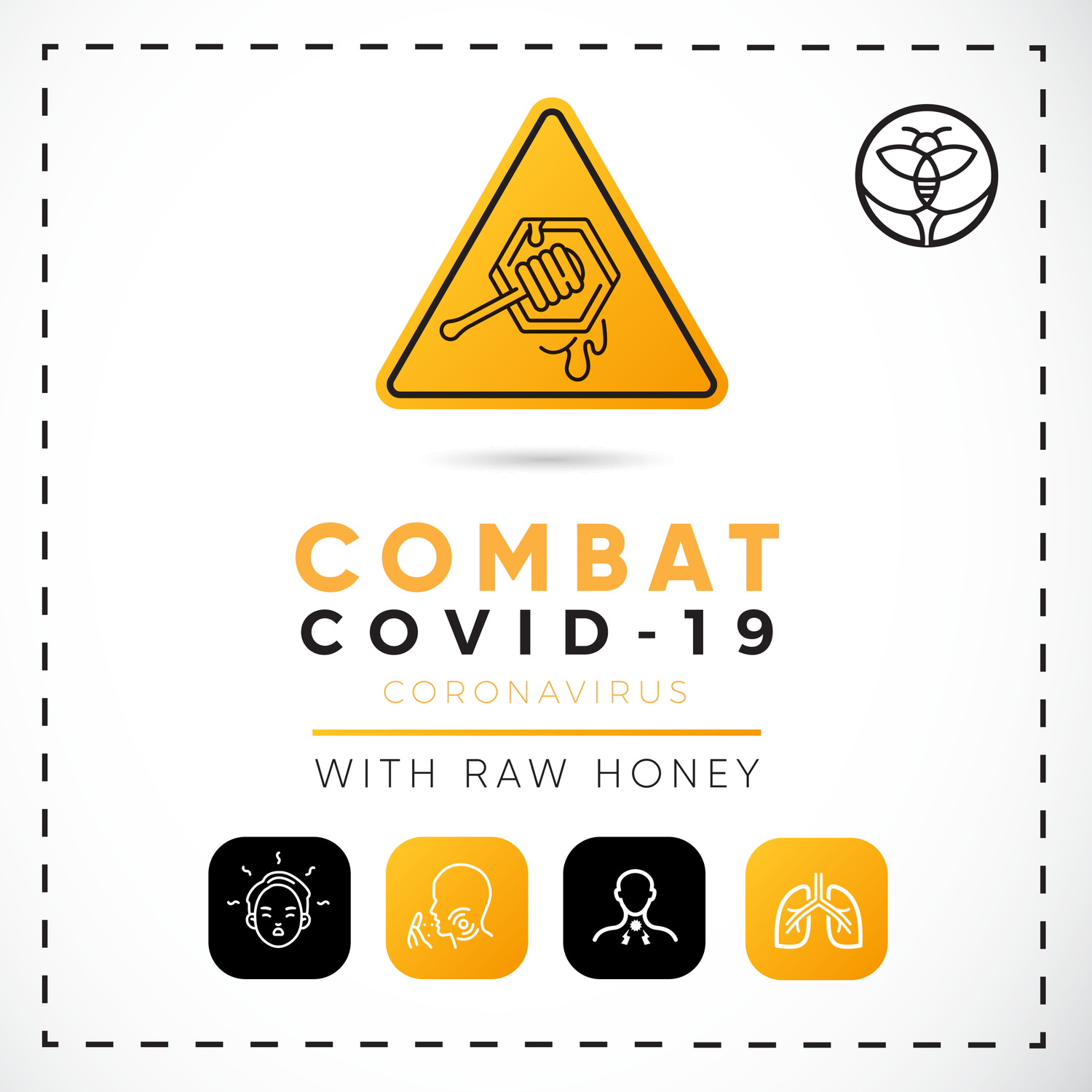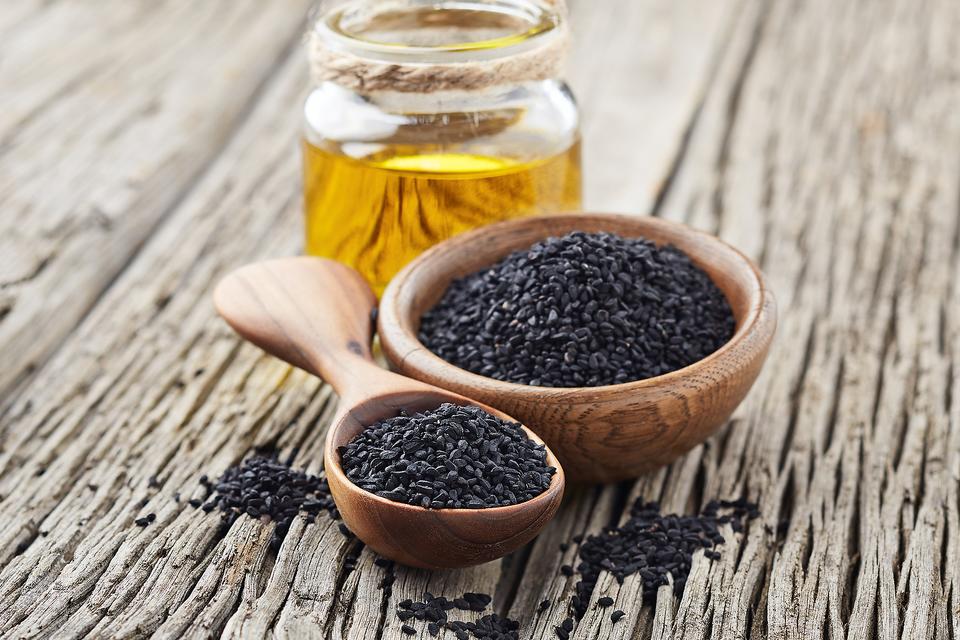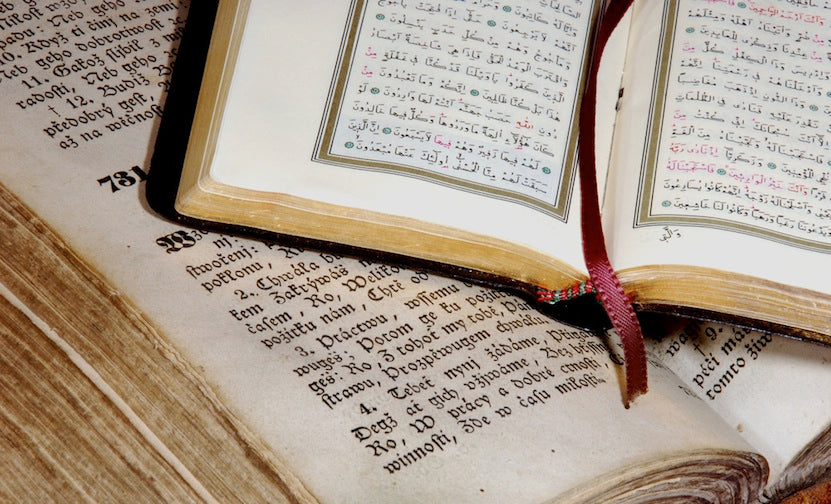According to Michigan State University's Food Fraud Initiative (FFI), honey is the third most "fraudulent" food in the worlds food industry.
A recent survey (September 2018) by an international honey fraud detection laboratory found that nearly half of the honey sold on Australian and EU supermarket shelves are adulterated.
Yemeni Sidr honey is difficult to obtain due to the war in Yemen and therefore it cannot be regulated in the UK and EU so it is difficult to detect at times if your honey is genuine or not.
How can a consumer spot fake honey and how can a consumer guarantee he is getting real honey?
Here are a few ways to spot fake honey:
- Sugar, corn syrup or other substances are added to honey sold off as "pure." Clear runny honey that is super sweet and leaves an acidic taste in the throat is more likely to contain sugar. Commercially processed "honey" brands sold on supermarket shelves are the biggest culprits here.
- Pollen is filtered out of honey meaning that it is no longer considered pure honey. Honey which crystallises quickly, especially when cold, is more likely to contain pollen.
- The geographical and botanical origin of honey is faked or hidden by filtering out its pollen and blending together multiple honeys.
- Check the price: If it's cheap, it probably has added ingredients.
- Turn the honey container upside down. Pure honey will flow longer and fake honey will begin to drip sooner.
- At home, use a dipper stick to do a drip test. Real honey will flow naturally.
- Fill a glass with water about 70 degrees Fahrenheit. Slowly pour the honey into the water. Artificial sweeteners dissolve quickly whereas pure honey settles.
- Fill a jar halfway with room-temperature water. Pour 1-2 oz honey into the water and seal the jar tightly. Shake the jars like crazy. Foam on artificial honey is more watery, and disappears quickly. Foam on pure honey is finer and more settled, taking longer to go away.





